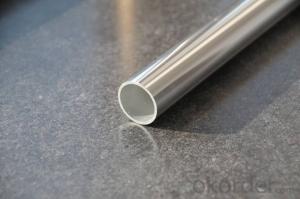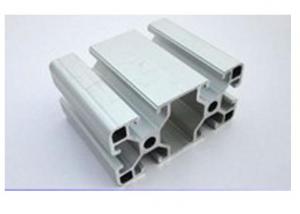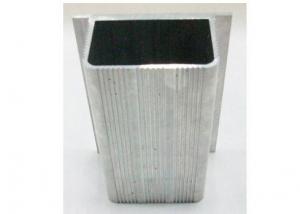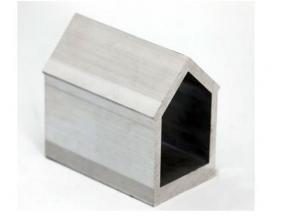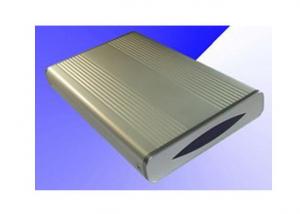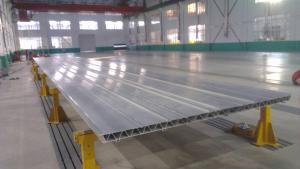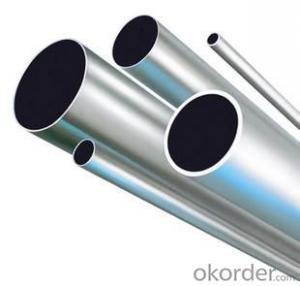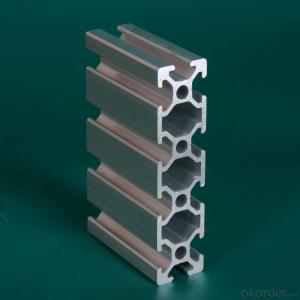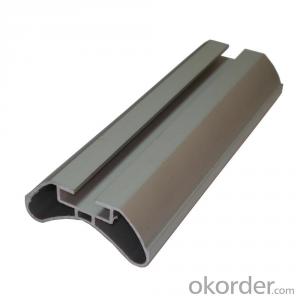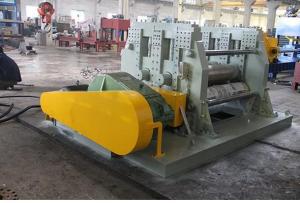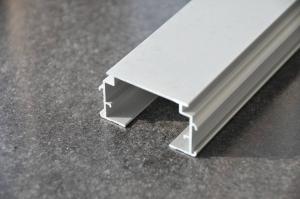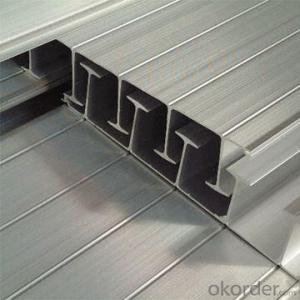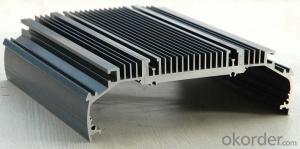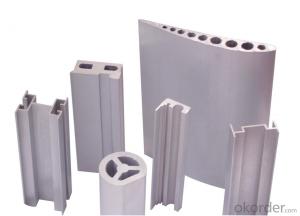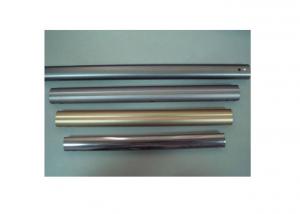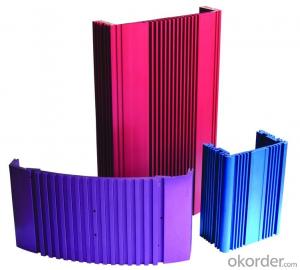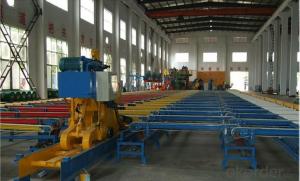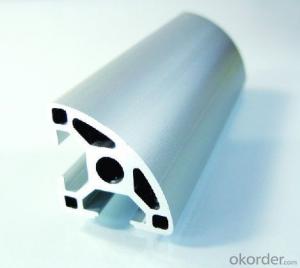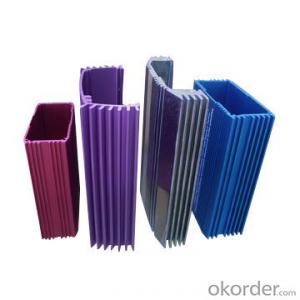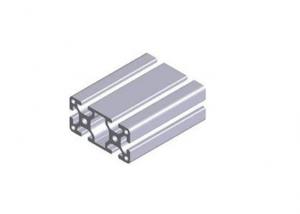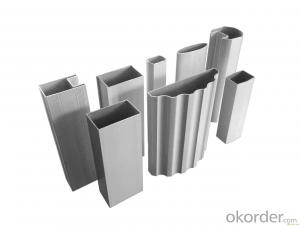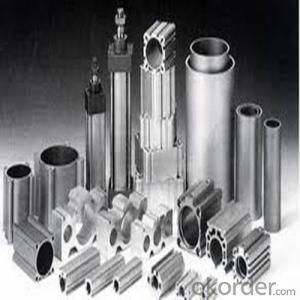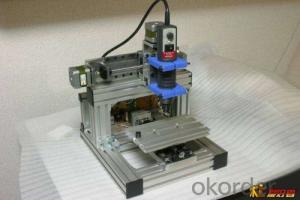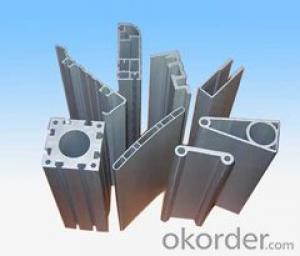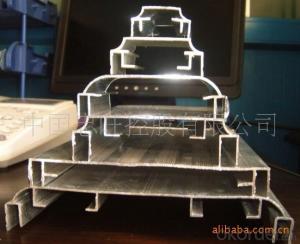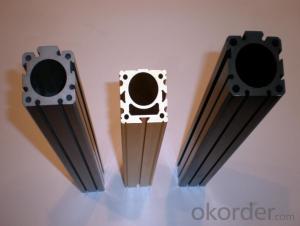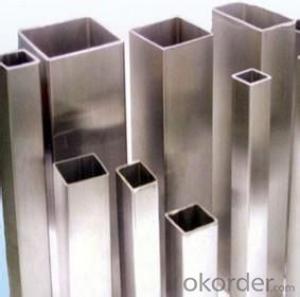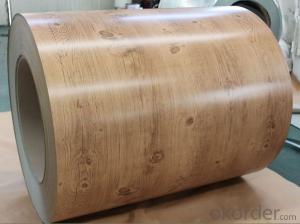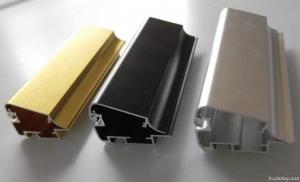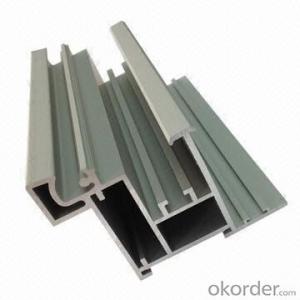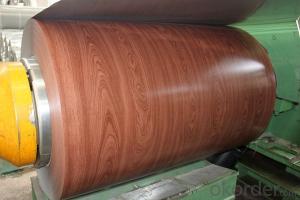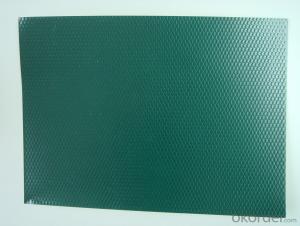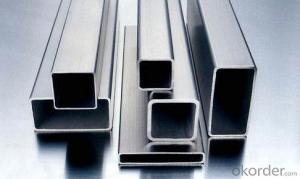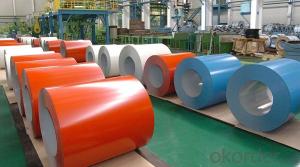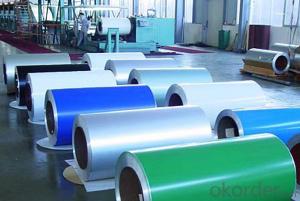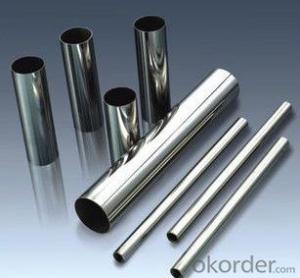Aluminum Extrusions Stock
Aluminum Extrusions Stock Related Searches
Aluminum Extrusion Stock Aluminum Extrusion Shapes Stock Extruded Aluminum Stock Aluminum Extrusions Stock Shapes Extruded Aluminum Bar Stock Extruded Aluminum Frame Stock Extruded Aluminum Fence Stock Aluminum Stock Aluminum Manufacturers Stock Aluminum Extrusions Aluminum Tubing Stock Extruded Aluminum Stock Shapes Anodized Aluminum Stock Aluminum Engraving Stock Aluminum Lathe Stock Aluminum Trim Stock Aluminum Machining Stock Aluminum Box Stock Aluminum Price Stock Aluminum Chassis Stock Aluminum Frame Stock Aluminum Metal Stock Aluminum Gun Stock Tubular Aluminum Stock Aluminum Commodity Stock Stock Aluminum Aluminum Companies Stock Aluminum Pipe Stock Aluminum Stock Material Aluminum Square Tube StockAluminum Extrusions Stock Supplier & Manufacturer from China
Aluminum Extrusions Stock encompasses a wide range of aluminum profiles that are manufactured using advanced extrusion techniques. These products are known for their durability, lightweight, and corrosion resistance, making them ideal for various applications. They are commonly used in construction, automotive, aerospace, and electronics industries, among others. Their versatility allows them to be employed in a multitude of usage scenarios, such as structural components, window frames, and support systems.Aluminum Extrusions Stock is widely recognized for its ability to meet the specific requirements of different industries. This is largely due to the fact that these extrusions can be customized in terms of size, shape, and finish, allowing for a high degree of adaptability. Okorder.com stands out as a prominent wholesale supplier of Aluminum Extrusions Stock, boasting a vast inventory that caters to the diverse needs of clients. By offering a comprehensive selection of aluminum extrusions, Okorder.com ensures that customers can find the perfect product for their specific application.
Hot Products
